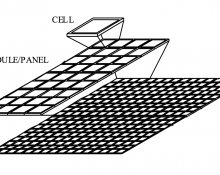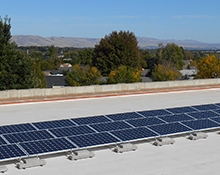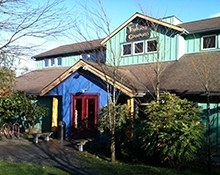Solar Panel Construction, Orientation and Use Unit
Modeling and data analysis
For this extended task, students will track the sun's altitude and Azimuth to determine the best position for their hand-built solar panel, learn solar cell operation basics, solar panel construction, series and parallel circuitry and basic array sizing. View full description >>





